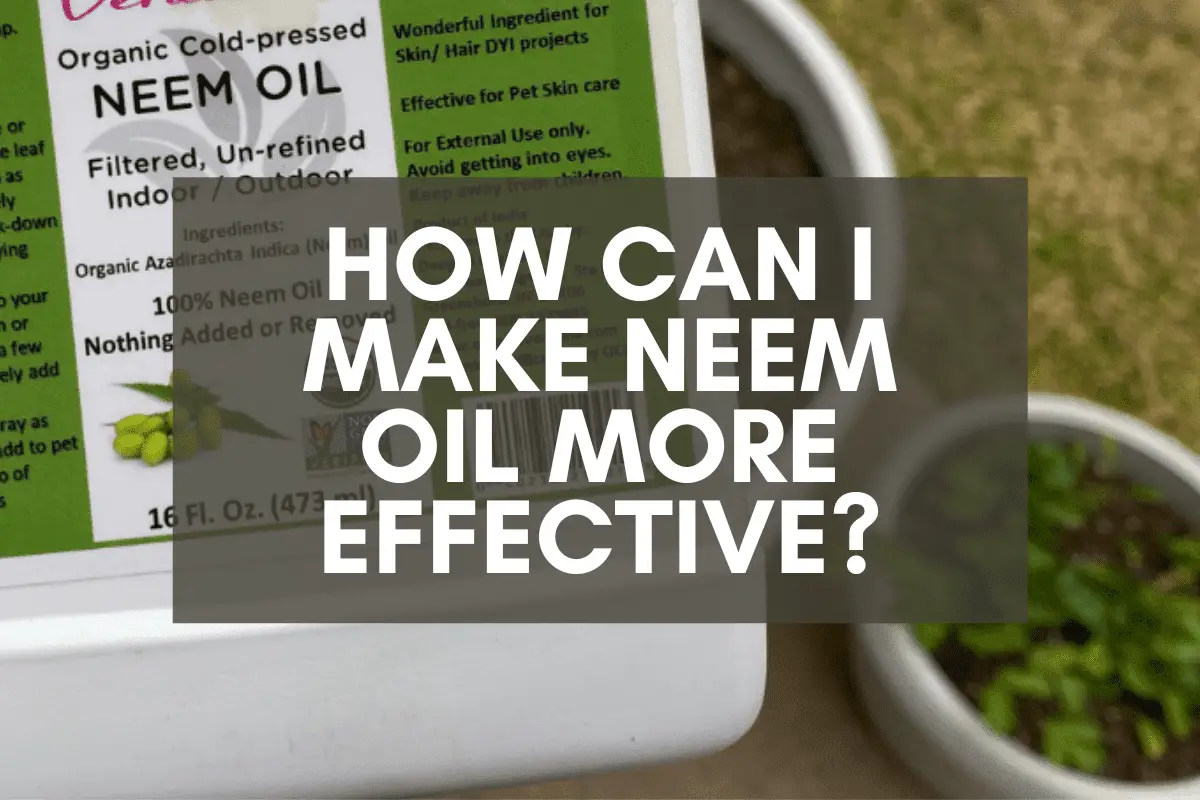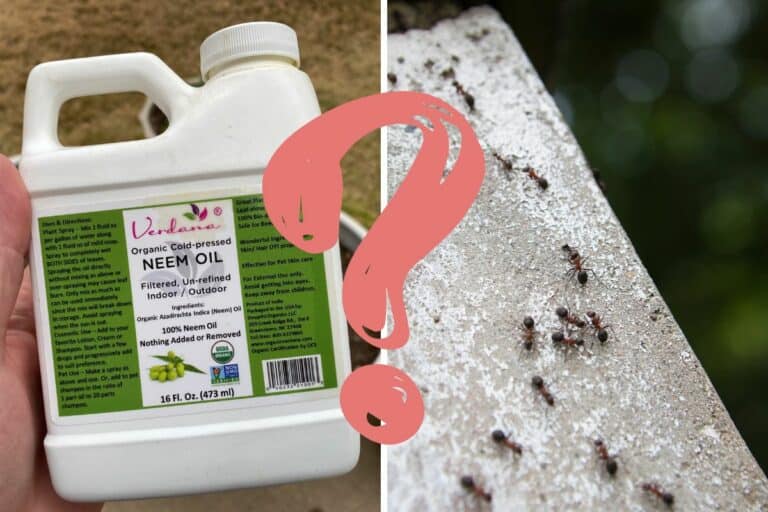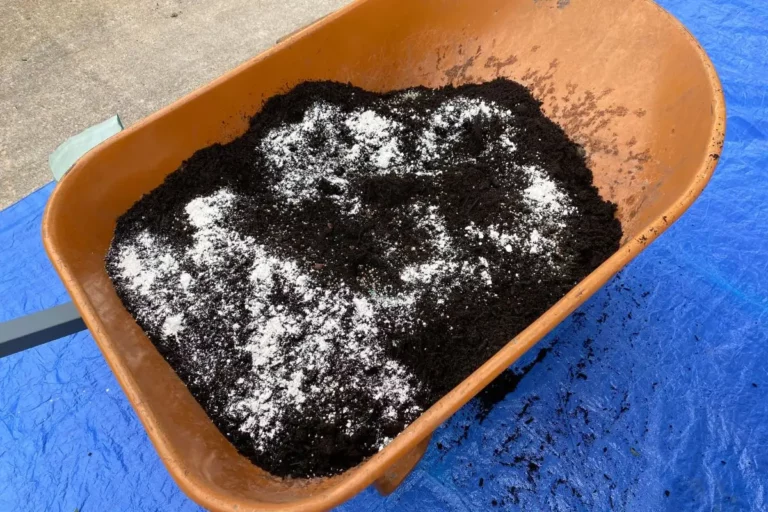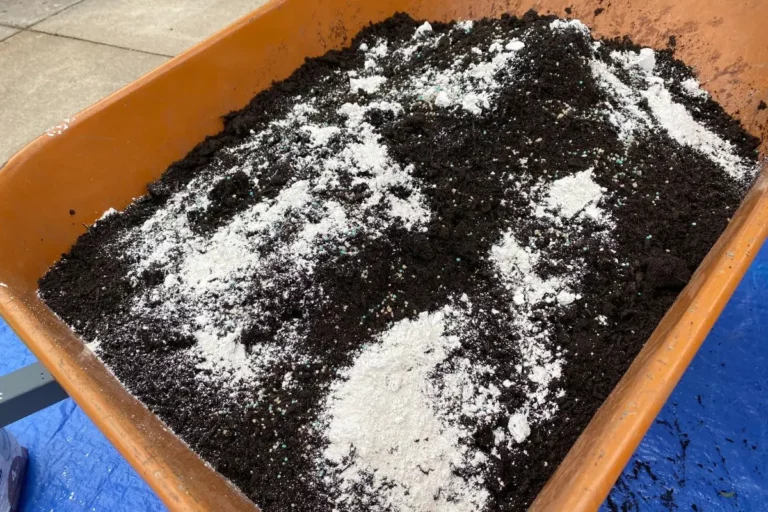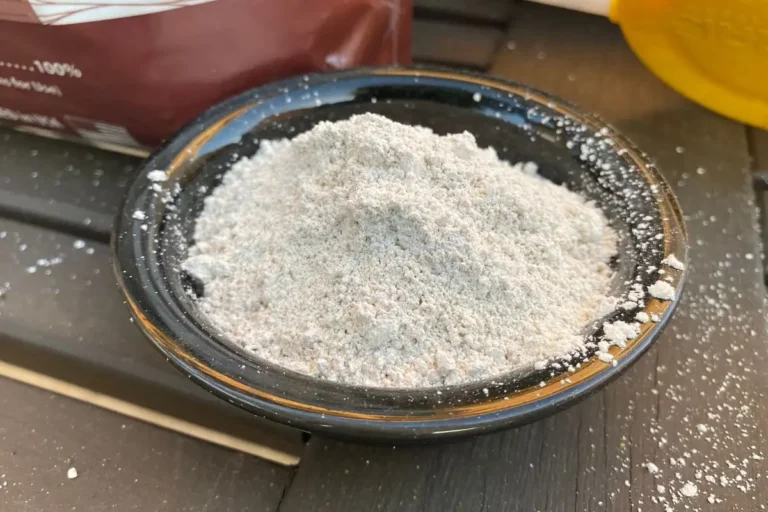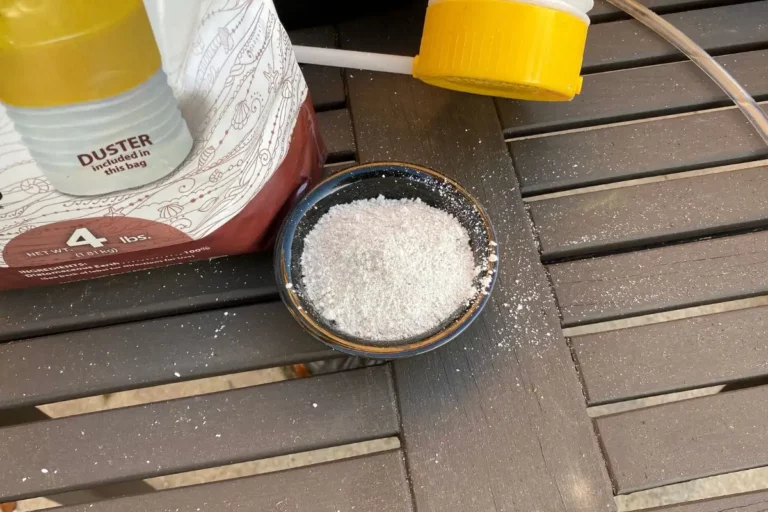How Can I Make Neem Oil More Effective? My 10-Step Process
Neem is is an incredible natural insecticide that kills off a variety of destructive garden pests.
But did you know that there are several steps you can take–and important mistakes you’ll want to avoid–to make your neem oil spray as effective as possible when it comes to killing bugs?
Let’s start with some general guidelines, then take a close look at my 10-step process:
To increase the effectiveness of neem oil sprays, mix cold-pressed concentrated neem oil with water and an organic liquid soap and apply as either a foliar spray or a soil drench within 24 hours of dilution. Apply foliar sprays in the early evening to avoid plant burn and store neem oil in a cool place.
Before detailing each part of my 10-step process, here’s a quick summary of the steps I taken to ensure that my neem oil applications are as effective as possible:
- Purchase Ingredients in Advance
- Analyze the Infestation
- Develop a Treatment Plan
- Dilute Neem Oil Concentrate in Water
- Add Soapy Emulsifier
- Add Essential Oils (Optional)
- Apply to Foliage
- Use as a Soil Drench
- Re-Apply Regularly
- Store Properly
Now that you have a general overview of how I handle neem oil applications, let’s take a detailed look at each step.

1. Purchase Ingredients in Advance
When it comes to infestations–especially infestations involving highly destructive pests such as spider mites and squash bugs–time is either your ally or enemy.
If you catch infestations early enough, you can deal with your problem before it gets out of hand. But if you wait too long, you’ll have to fight for weeks to rid your garden of its infestation.
For this reason, the first thing you can do to make sure you’re prepared to make the most of your neem oil is to ensure you have all of the necessary ingredients beforehand. You shouldn’t wait until you see an infestation to purchase what you need. Purchase it now because, in all likelihood, you’re going to need it this growing season.
There’s lots of products on the market–you can find most of them on Amazon–but here’s the products I’m using right now. Buy then, and you’ll have all you need to make the most effective neem oil possible:
- Verdana Neem Oil
- Dr. Bronner’s Peppermint Castile Soap
- Handcraft Peppermint Essential Oil
- Chapin Garden Sprayer
2. Analyze the Infestation
I’ve discussed this subject in great detail in articles on how spider mites spread and what you can do to help plants recover from spider mite infestations, but I think the best approach to an infestation is a proactive one.
Before you do anything, take a close look at your plants and determine the scope of the infestation. Do you have a few bugs on a single branch? Or numerous bugs spread across an entire plant? Or worse?
If you can get a good sense of where things stand in your garden, you’ll know just how aggressive you need to be as you develop your treatment plan.
3. Develop a Treatment Plan
Here’s the thing about making neem oil more effective: This process doesn’t just involve mixing and adding the right ingredients. One of the most effective things you can do is to prepare a plan for combating the infestation.
As I noted in this article on how long it takes for neem oil to kill bugs, I did this very thing last season. I had a nasty spider mite infestation, but I got out my calendar, drew up a plan for how I’d treat my plants week by week, then got aggressive with my neem oil and insecticidal sprays.
It took 4 weeks of aggressive work, but I fought off the spider mites, saved my plants, and enjoyed an amazing crop of tomatoes for the next few months.
Here’s something to keep in mind: The most important thing you can do to make your neem oil more effective is to properly plan out how you’ll use it.
Neem alone won’t save your plants. Your thoughtfulness and preparedness are the key ingredients to any successful fight against insect infestations.
4. Dilute Neem Oil Concentrate in Water
Now that you’ve collected your ingredients, analyzed your situation, and developed a treatment plan, you’ve got to create the most effective neem oil spray possible.
The first thing you need to do is to fill your sprayer with water. Assuming you add 2 tablespoons (6 teaspoons) of neem oil per gallon of water, which is what I recommend for nasty infestations, here’s how much neem oil you’ll need to add for each bottle size:
| Sprayer | Neem Oil |
|---|---|
| 16-Ounce Spray Bottle | ¾ teaspoon |
| 1-Gallon Sprayer | 6 teaspoons |
| 1.3-Gallon Sprayer | 8 teaspoons |
| 2-Gallon Sprayer | 12 teaspoons |
Be prepared to use your insecticidal spray as soon as possible after dilution since neem oil’s chemical compounds–including the all-important azadirachtin–will begin breaking down.
It’ll remain effective for 3-4 days at least, but it will lose some of its potency with each day that passes and become mostly (although not entirely) ineffective after 1 week. More on this below.
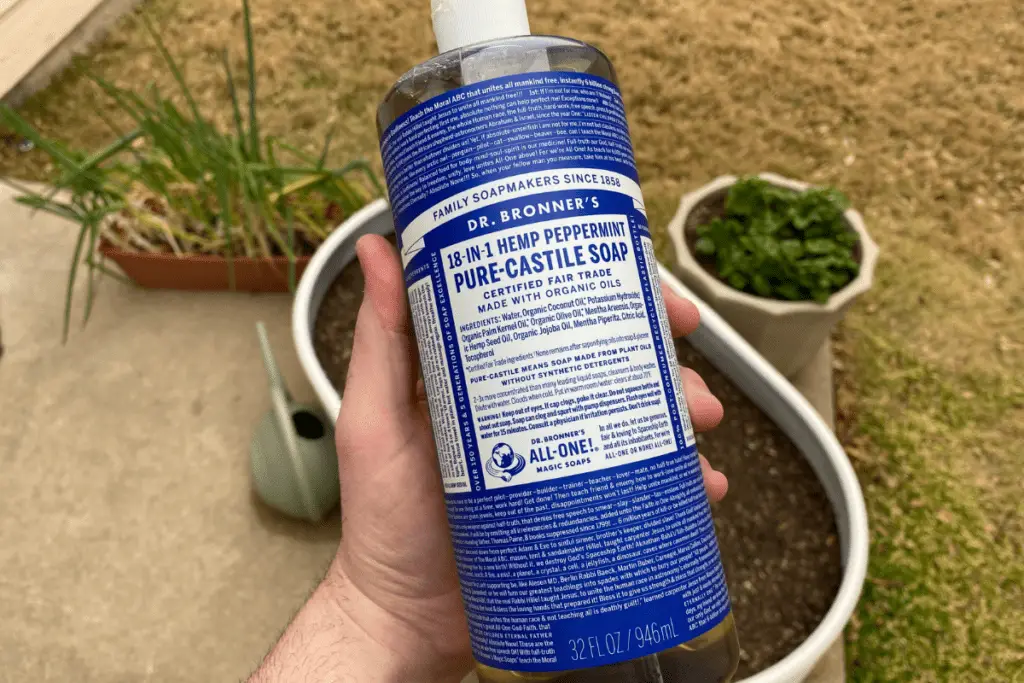
5. Add Soapy Emulsifier
Once you’ve added water and neem oil to your sprayer, you’ve got to add a liquid soap of some kind that will act as an emulsifying agent, enabling the water and oil to mix. If you don’t do so, your neem oil spray will be completely ineffective.
Here’s how much emulsifier I add to my neem oil sprays. As you can see, I prefer to add 1 tablespoon (3 teaspoons) of liquid soap per gallon to ensure that I err on the safe side:
| Sprayer | Liquid Soap |
|---|---|
| 16-Ounce Spray Bottle | ½ teaspoon |
| 1-Gallon Sprayer | 3 teaspoons |
| 1.3-Gallon Sprayer | 4 teaspoons |
| 2-Gallon Sprayer | 6 teaspoons |
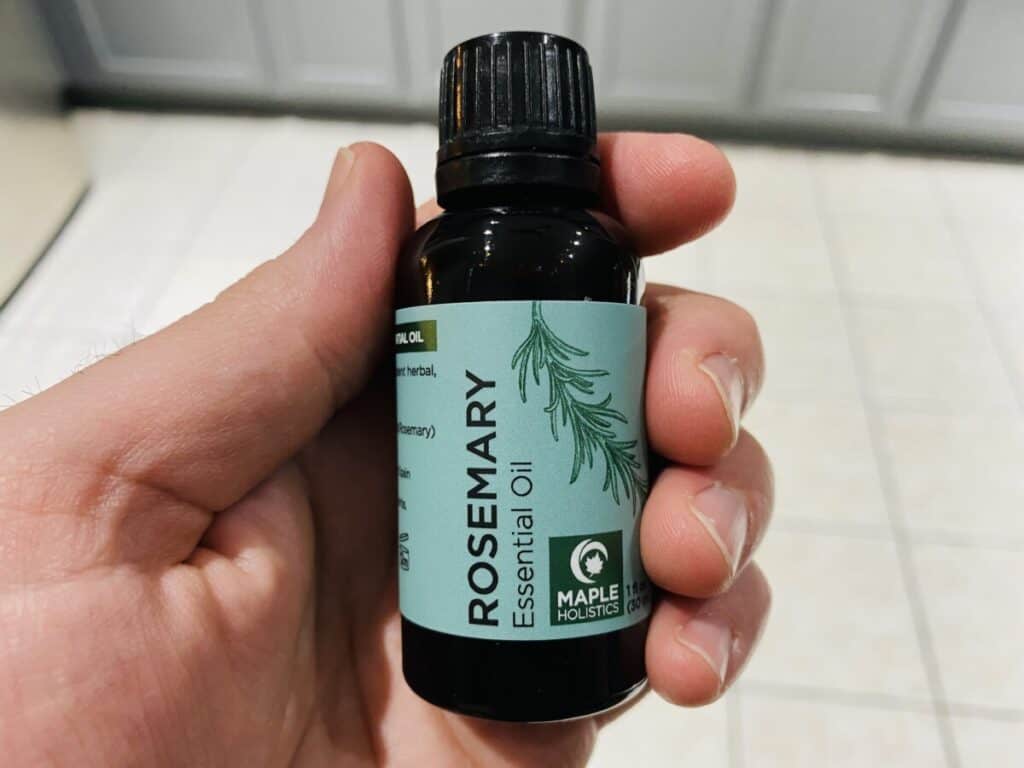
6. Add Essential Oils (Optional)
This is an optional step, but if you want to create the most effective neem oil spray possible, essential oils are a good addition.
Essential oils have been shown to have anti-insecticidal properties–although there’s some disagreement on that matter depending on whom you speak to–and they’ll make a perfectly fine addition to any neem oil spray.
But be warned: In general, essential oils are not cheap, so if you’re planning to add them to your neem oil sprays, you’re going to increase the cost significantly. However, the added benefits might be worth the expense, so if you decide to do so, here are my recommendations:
| Sprayer | Essential Oil |
|---|---|
| 16-Ounce Spray Bottle | ¼ teaspoon |
| 1-Gallon Sprayer | 2 teaspoons |
| 1.3-Gallon Sprayer | 2 ½ teaspoons |
| 2-Gallon Sprayer | 4 teaspoons |
In my article that looked at 11 proven ways to kill spider mites, I recommended putting ¾ teaspoon of essential oils per 16 ounces of water for essential oils sprays, but I recommend less for neem oil sprays since you will have already added a significant amount of oil to the sprayer.
When all ingredients are accounted for, this is my recipe for the perfect neem oil spray:
| Sprayer | Neem Oil | Liquid Soap | Essential Oil |
|---|---|---|---|
| 16-Ounce Spray Bottle | ¾ teaspoon | ½ teaspoon | ¼ teaspoon |
| 1-Gallon Sprayer | 6 teaspoons | 3 teaspoons | 2 teaspoons |
| 1.3-Gallon Sprayer | 8 teaspoons | 4 teaspoons | 2 ½ teaspoons |
| 2-Gallon Sprayer | 12 teaspoons | 6 teaspoons | 4 teaspoons |
7. Apply to Foliage
To get the most out of your neem oil spray, you’ve got to remember two things when applying neem oil to your plants:
First and foremost, you should always apply neem oil in the early evening, if at all possible. The late afternoon is fine, but you’ll take less of a risk if you apply neem oil once the sun has started to set.
The reason is simple: Neem oil is an oil, and if you apply it in the morning or afternoon, the sun will bake it, causing damaging burns on any foliage that gets direct sunlight. Sunlight also plays a role in the breakdown of the chemical compound azadirachtin, so applying the neem oil in the early evening–when it’s still clear enough to see but dim enough to keep the plants safe–is the best time of day to do so.
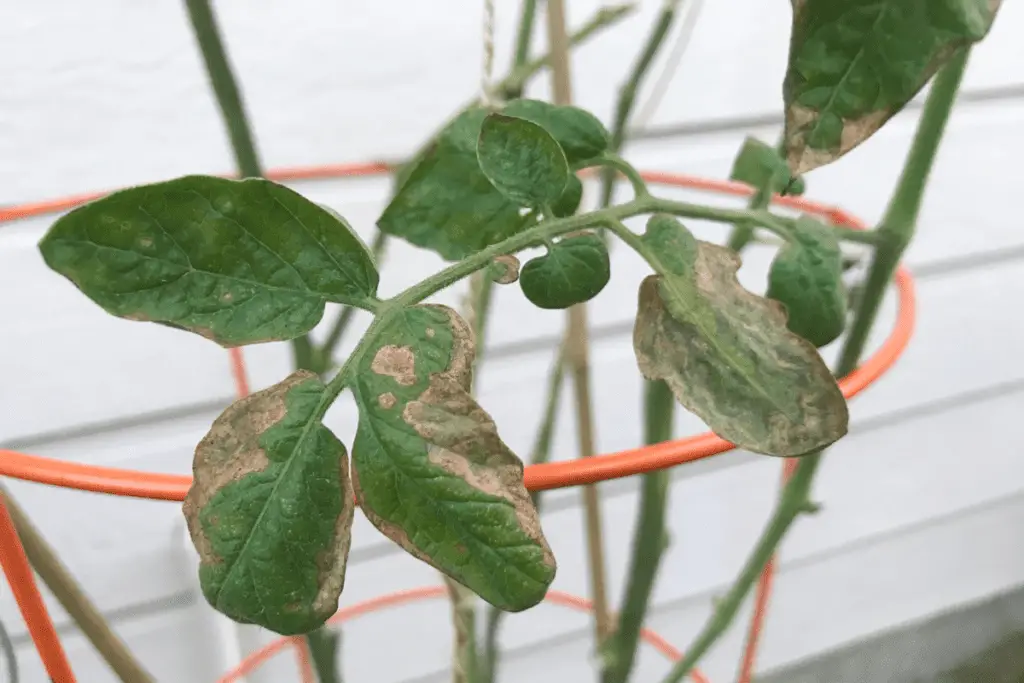
Second, you’ve got to be thorough in your application and cover the leaves in oil, paying particular attention to the undersides of leaves, which is where garden pests tend to hide.
As I’ve noted in an article on how long it takes neem oil to kill bugs, the neem oil you spray on your plants won’t kill most bugs on contact. Instead, it’ll permeate their systems as they attack your plants, disrupting their ability to feed, molt, or even reproduce.
This is why it’s so important to cover your plants in a thin layer of neem oil spray. On the one hand, covering bugs in neem oil will kill some of them. On the other hand, neem oil will only work if bugs feed on an area of the plant that you’ve sprayed. If you miss parts of your plant during the application process, there’s a good chance that your infestation will linger.
8. Use as a Soil Drench
When people think of neem oil, they typically think of it as a foliar spray, something to be applied to plant foliage directly.
But did you know that neem oil can be diluted and applied as a soil drench? When applied directly to the soil, neem oil will get absorbed by the plant, thereby impacting any bugs that attempt to attack the plant.
Once they begin feeding on the plant, the bugs will absorb the neem oil’s chemical compounds, which are being transported throughout the plant alongside the water molecules.
Here’s what I recommend when it comes to neem oil soil drenches: Mix your neel oil properly using the formula below and apply to the soil once per week until there are no longer any signs of infestation.
| Water | Neem Oil | Liquid Soap |
|---|---|---|
| 1 Gallon | 6 teaspoons | 3 teaspoons |
| 2 Gallons | 12 teaspoons | 6 teaspoons |
| 3 Gallons | 18 teaspoons | 9 teaspoons |
Neem oil soil drenches are effective at controlling various garden pests, even more so when combined with an organic foliar spray, like one of these 11 organic insecticidal treatments.
Some bloggers recommend adding only 1 teaspoon of liquid soap per gallon of water, but I recommend 1 tablespoon for two reasons. First, it ensures that there’s no problem whatsoever with emulsification. Second, soapy water sprays are effective against a wide variety of bugs, so the addition of an additional 2 teaspoons does no harm and merely increases the chance that your neem oil spray will kill off your garden pests.
9. Reapply Regularly
The thing that you need to remember about neem oil is that it has a half life of only 1-2.5 days. This means that it loses 50% of its efficacy approximately every 24-48 hours.
In the best case scenario, your neem oil will be 12% effective a week after you apply it. In the worst case scenario, the neem oil will be almost entirely ineffective.
If you’re going to use neem to fight bug infestations in your garden, you’ve got to reapply it at regular intervals.
Here’s what I suggest:
- Minor Infestations: Reapply every 7 days for 2-3 weeks.
- Moderately Infestations: Reapply every 5-6 days for 3-4 weeks.
- Severe Infestations: Reapply every 4 days for 4-5 weeks.
If I’m dealing with a particularly destructive pest (such as spider mites), I’ll apply neem oil as noted above, but in the intervening days, I’ll also apply a soapy water foliar spray so that I’m aggressively attacking the bugs as I’m waiting for the neem oil to do its work.
10. Store Properly
I’ve written elsewhere about how long neem oil will last, but in general, to get the most out of your neem oil, you’ll need to store it properly.
I recommend storing neem oil concentrate in a climate-controlled space, preferably a cool pantry or storage area inside your house.
Neem oil concentrate will remain effective for up to 1 year, but it can often last much longer. I’ve used neem oil concentrates that were 2 or even 3 years old and have still seen good results from them.
What Should I Add to Neem Oil?
Generally speaking, neem oil works best when it’s properly diluted in water and has had a liquid soap of some kind added to the mix.
The neem oil will provide the chemical compounds (especially azadirachtin) that you need to kill off many garden pests. The water will dilute the neem oil so that it doesn’t burn your plants. And the liquid soap will create the emulsification necessary for the neem oil and water to mix properly.
You don’t need to add anything further, but if you want to add essential oils to give your spray some added potency, you can do that. It certainly won’t hurt anything to do so, but it’ll increase the cost of your spray.
There are some great pre-made neem oil sprays on the market—such as Captain Jack’s or Natria—but if you look at a cost per ounce comparison, you’ll see right away that you’ll save a lot of money mixing your own neem oil spray.
Do I Need to Dilute Neem Oil?
If you intend to spray neem oil on your plants or make a soil drench, you’ll need to dilute neem oil in water, using the ratios I’ve provided above.
Applying meme oil concentrate to your plants will not only potentially burn the foliage or harm the root system. It will also be an incredible waste of money.
Neem oil concentrates typically cost around $1.00-$1.50 per ounce, so you want to get as much as you can out of the bottle by properly diluting it.
But don’t dilute it too much. If you do, your applications won’t be very effective, and the garden pests will have additional time to feed on your plants and reproduce.
What Is the Ratio of Neem Oil to Water?
Some retailers will recommend that you add at least 1 tablespoon (3 teaspoons) of neem oil per gallon of water. And they’re right, to some extent, because this ratio will make a passable neem oil spray.
But I’ve dealt with enough garden pests over the years—and I’ve seen how quickly spider mites and other bugs can overtake plants—so I prefer a stronger neem oil spray.
My preferred ratio is 2 tablespoons (6 teaspoons) of neem oil per gallon of water. I’ve found that this ratio ensures my neem oil spray is potent while also allowing me to conserve as much neem oil concentrate as possible for future applications.
Want to Learn More About Neem?
If you’d like to read more about my experiences with neem oil–including all the tips and tricks I’ve picked up over the years–check out these articles:
